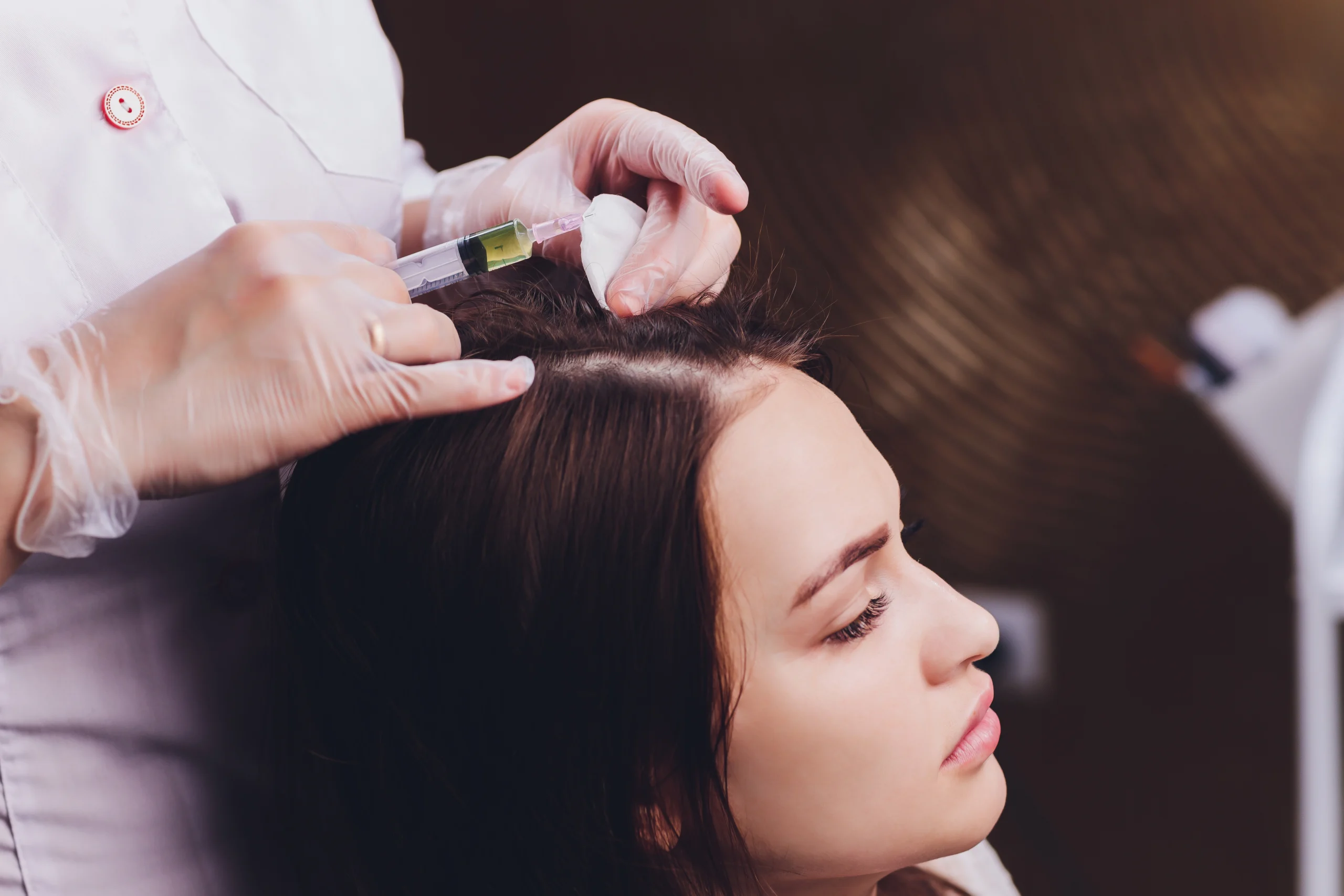
Hair transplantation in women is a highly personalized procedure that treats female-pattern hair loss or localized thinning using advanced techniques such as FUE (Follicular Unit Extraction) or DHI (Direct Hair Implantation). Unlike male-pattern baldness, which often presents in a receding hairline or crown loss, female hair loss is usually more diffuse, requiring different surgical planning and aesthetic priorities.
Healthy hair follicles are taken from a donor area—typically at the back of the scalp—and are implanted into areas where density is lacking, such as the frontal hairline, temples, or part line.
Hair is a powerful part of identity and self-expression. For many women, hair loss can cause significant emotional stress, anxiety, and a loss of confidence. Women choose hair transplantation to:
Hair transplant techniques for women and men share the same medical foundation but differ in their approach, aesthetic goals, and execution.
A full evaluation is performed to determine the cause and extent of hair loss and to plan an appropriate treatment.
Healthy hair is harvested one by one from the donor area using FUE tools.
Follicles are implanted at natural angles into thinning areas using FUE or DHI techniques. Special attention is given to natural direction, softness, and female-specific design.
Unshaven options are often available for women to preserve existing hair and minimize social downtime.
You may be a good candidate if you:
In many cases, hair transplantation is just one part of a comprehensive treatment plan. To enhance outcomes or support areas not suited for surgery, the following may be combined:
A full evaluation determines which therapies best complement your surgical plan.
Women can resume light activities within two to three days. Mild redness or scabbing in the donor or recipient area usually resolves in a week. Transplanted hairs will shed within the first month—this is temporary and expected. Regrowth begins around the third to fourth month, with results becoming visible between nine and twelve months.
Transplanted hair can be washed, cut, styled, and colored once the area has fully healed.
One
Local anesthesia
Immediately
7 days
None
* For informational purposes only, be sure to consult your doctor for diagnosis and treatment.
While the core techniques are similar, the strategy, design, and surgical goals differ greatly due to the nature of female hair loss and aesthetic preferences.
Not necessarily. Most women qualify for unshaven or partially shaved procedures, especially when using the DHI technique.
Yes. The transplanted hair is genetically resistant to hair loss and continues to grow naturally over time.
Most procedures take 5 to 7 hours in one day, depending on the number of grafts needed
You can return to your normal styling routines after four to six weeks, once healing is complete.
It depends on the type and stability of the thinning. A full consultation is necessary to determine if transplanting or medical treatment—or both—is more suitable.
Yes. Many patients benefit from combining surgical and non-surgical therapies to improve results and maintain long-term hair health.

Medipol University Hospital, being the justifiably proud of Medipol Education and Health Group in Turkey and in the world, resulting in this spirit, is a health complex having JCI standards accepting patients from all over the world.
TEM Avrupa otoyolu göztepe çıkışı no:1, 34214 Bağcılar/İstanbul